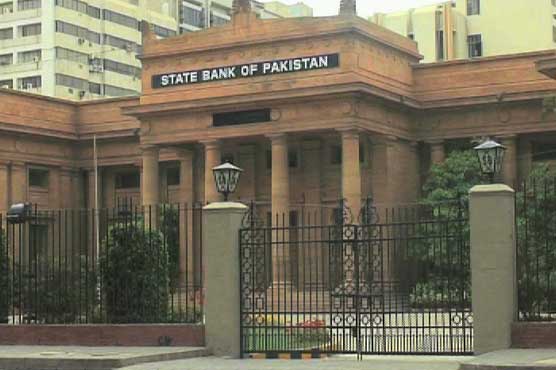SBP report indicates pressure on foreign exchange reserves

The SBPs 2nd quarter report for the fiscal year 2011-12 indicates high inflation in the country.

The SBPs 2nd quarter report for the fiscal year 2011-12 indicates high inflation in the country.